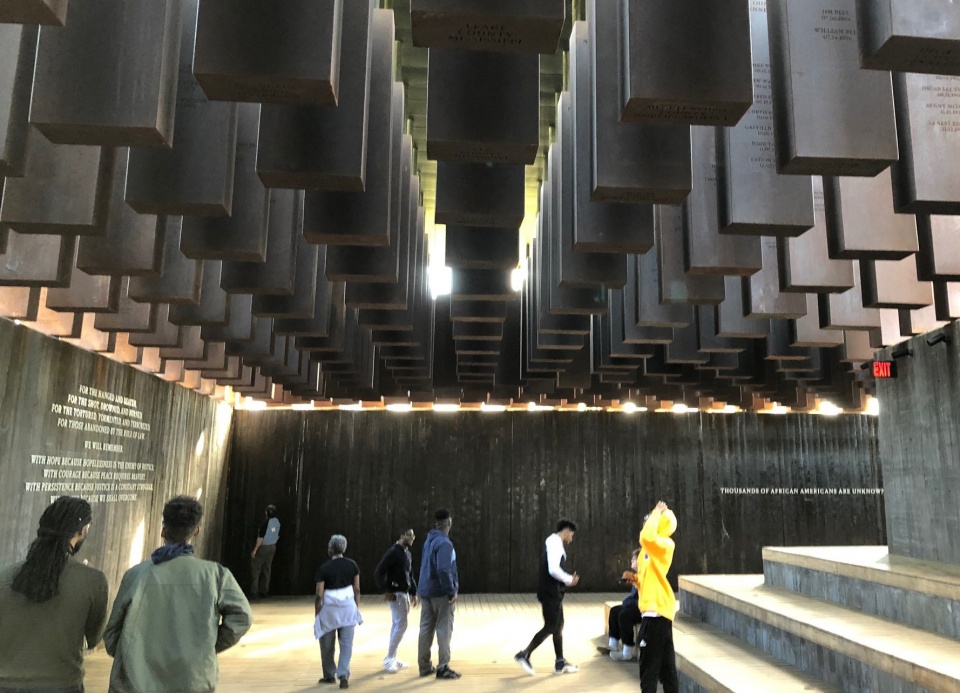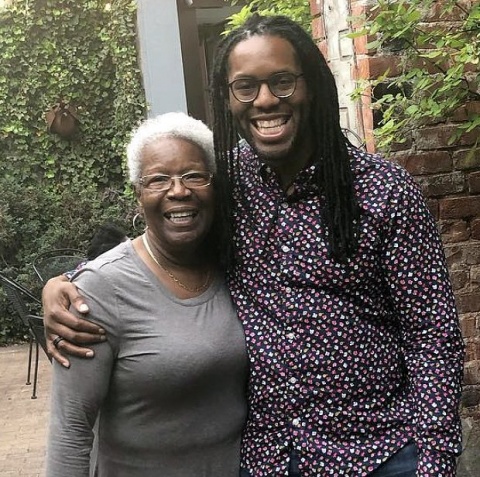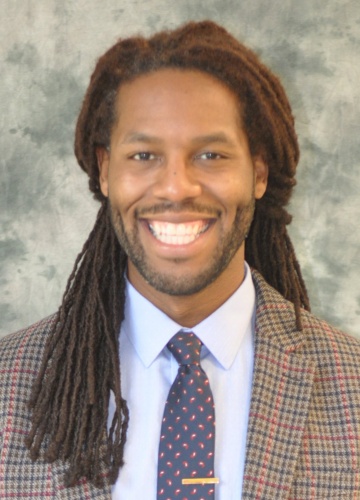Columbia College | Columbia University in the City of New York
“Disrupting the Culture of Silence in Schools,” by Brendon Jobs ’05
Only 50 years ago, my grandmother Helen Francois Barton bravely left Trinidad as a very young woman for the promise of American democracy and prosperity. She had determined that the possibility and promise of better opportunity were worth the risk of starting life in a new nation — a nation nurtured on the premise that “all men are created equal.” Her story — my family’s story — is directly influenced by the Immigration and Nationality Act of 1965, which accelerated Caribbean migration between 1965 and the 1980s. Today, more than two million Afro-Caribbeans represent almost 5 percent of the black population of America.
In 1969, my grandmother entered an American political and social context infected with the scourge of normalized racial animus and blatant misogyny. I often wonder how it felt for her to navigate these systems of power, and how she learned to dodge the slings and arrows of hate and bias. Her courage inspired my choice to work in schools, to amplify the voices of marginalized people and challenge individuals to form authentic relationships across lines of difference as a matter of health.

Jobs (far left) with his students at the National Museum for Peace and Justice in Montgomery, Ala. The space is dedicated to victims of lynching and white supremacy in America.
Courtesy Brendon Jobs
School communities across the nation are hard at work empowering students and faculty not only to notice injustice, but also to speak out against it. We have the ability to function as spaces that disrupt and contradict a coarsened public discourse that is collectively reinforced in “likes” and “retweets.” As a black, queer, son of immigrants, I am reminded of all of the moments when I didn’t belong or was held in suspicion for daring to question or exist in contradiction to societal norms.
We must imagine and live out what it means to thrive in deep, meaningful relationships to one another. Those of us in education are bravely reimagining a world mindfully driven by authentic human connections in bold new ways. Ways that embrace identity, voice and emotional intelligence as tools to draw people closer together in community against the tide of tribalism encouraging division among us.

Jobs with his grandmother, Helen.
Courtesy Brendon Jobs
The experience of normative silence around identity has informed how I approach building community within school today. I strive to have my students feel seen, heard and impacted by their learning, and for the educators I train and support to feel brave enough to create classroom spaces that champion the cultivation of deep, meaningful relationships. Remaking these relationships in schools holds profound possibilities for remaking the future of social interactions in society at large.
Seeds of hate and oppression bear fruit well after they have been sown. As a veteran educator, I am haunted by the yet-unseen influence of the recent rally cry of “Send her home” zealously directed at four vocal, duly-elected congresswomen of color. I am also watchful of both the growth in public rallies and the recruitment efforts of far-right neo-fascist organizations to identify “outsiders” in American society. Silence in response to such open hostility makes us complicit in upholding oppressive norms.
When stresses from our news cycle — examples of intensifying political polarization or reports of another mass shooting — enter the classroom, teachers can choose to either avoid or confront opportunities for growth and connection. Our kids are watching and modeling our behaviors. How do we engage in constructive dialogue? How do we confront these stressful moments without dehumanizing each other in the process? I regularly agonize over these questions with my fellow educators.
We can certainly do better than we did leading up to the 2016 election. Emotions and tensions ran high in school communities across the Philadelphia region. Many of us did not know what to say to each other. But one thing was clear: The silence deepened unspoken social divisions.
And the stakes keep getting higher. The recent special report Hate at School by the Southern Poverty Law Center’s Teaching Tolerance project showed a sharp increase of incidences of hate and bias in schools since that time. A quick Google search illustrates just how regularly these incidents emerge in the news, captured by cell phone cameras or on social media.
Thankfully, the SPLC’s report offers many entry points for engaging students, educators and families in inquiry around how to notice, name and combat acts of bias and hatred on an ongoing basis. Paying attention to quiet moments of microaggression, as well as shocking incidences of overt violence, defines the work of educators across the nation as school resumes.
School communities must practice engaging in tough conversations in real-time, face-to-face interactions. This year, I plan to work on empowering my community to bravely confront moments when they feel voiceless, invisible, disregarded or dehumanized. I am still inspired by my grandmother’s leap of faith in American democracy. I hope educators, students and families continue making courageous choices to notice, respond to and heal from the moments that harm our communities, in ways that prepare us to face the 2020 election cycle.


